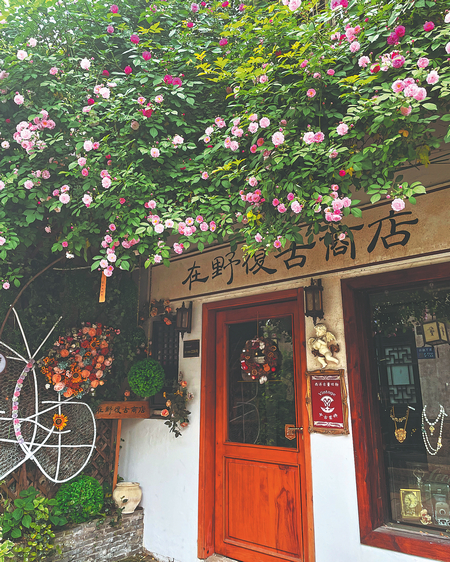Flowing across time
By LI YINGXUE | China Daily | Updated: 2024-05-11 10:04

The Grand Canal serves as an umbilical link that has nurtured the development of Wuxi's Qingmingqiao area from its infancy until today, Li Yingxue reports.
Every week, Feng Qiuxia and her husband visit her 88-year-old mother, who lives in Qingmingqiao, a historical block along the ancient Grand Canal in Wuxi, Jiangsu province. Together, they enjoy solace by the tranquil pier near the Wuxi Kiln Site Museum, where they watch the gentle flow of the river and the lively bustle of passersby.
Feng's mother earned her living firing kilns in her youth, and today, she continues to call this historical haven home.
"Life is much easier now, with better infrastructure and facilities," Feng says.
Feng's grandfather also used to make bricks in kilns along this riverbank. Wuxi has a long history of pottery making, and today, many descendants of these kiln workers still live in this area. While they have switched livelihoods, such as opening guesthouses or restaurants, they all maintain strong ties to this neighborhood.
The Qingmingqiao historical and cultural district sits where the ancient Grand Canal meets Bodu port. Its layout of roads and waterways still retains the charm of Jiangnan, a region located around the lower reaches of the Yangtze River, with its quaint bridges and riverside homes.
In recent years, Wuxi's government has worked to preserve and repurpose key cultural sites and traditional homes along both sides of the ancient canal.
The district is employing its century-long legacy of industry and commerce to develop new attractions, including the kiln site museum, the former residence of Qing Dynasty (1644-1911) entrepreneur Zhu Dachun and the Maoxing Flour Mill.
























